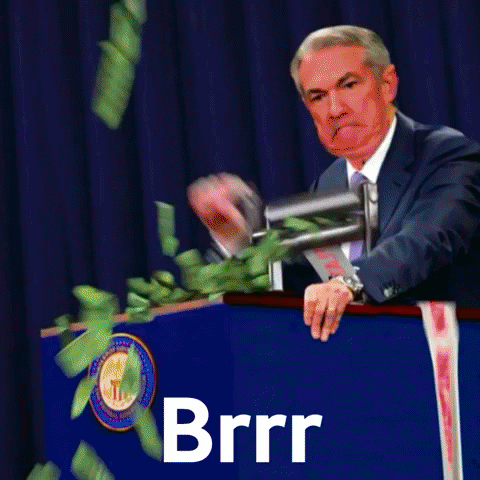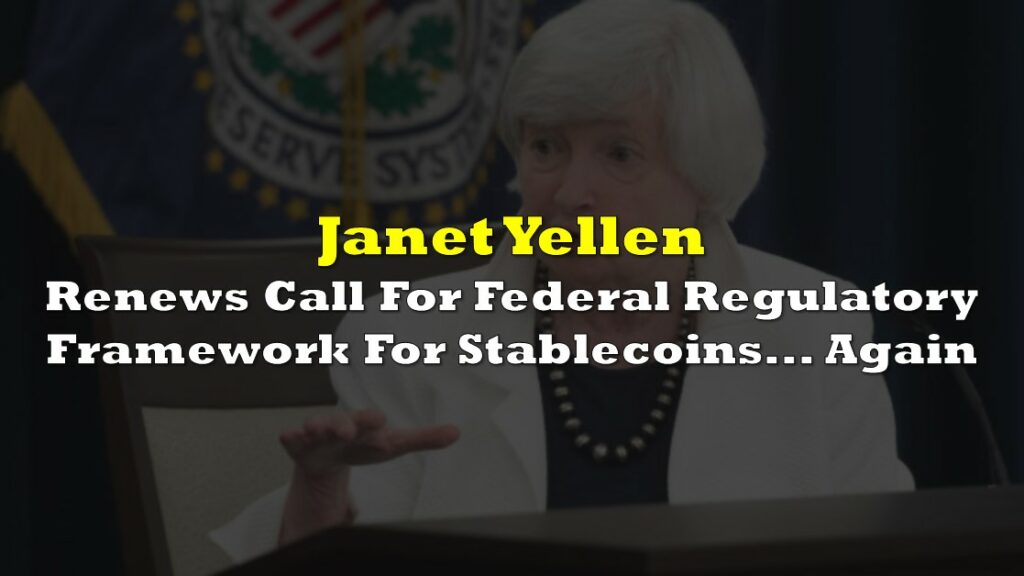Treasury Secretary Janet Yellen has issued a stark warning to Congress that the US will soon default on government debt if lawmakers do not raise the debt ceiling— again.
In a letter addressed to House Speaker Nancy Pelosi on Wednesday and seen by CNBC, Yellen warned that the Treasury Department is slated to reach the federal debt limit come October, urging lawmakers to either quickly suspend or raise the ceiling in order to avoid a historic government default. “We have learned from past debt limit impasses that waiting until the last minute to suspend or increase the debt limit can cause serious harm to business and consumer confidence, raise short-term borrowing costs for taxpayers, and negatively impact the credit rating of the United States,” Yellen lamented.
Economists cited by CNBC warned that a government default could ignite a massive economic deterioration, which could send borrowing rates skyrocketing across the country. However, despite the potential ramifications, Congress has failed to make significant progress on addressing the debt ceiling. “A delay that calls into question the federal government’s ability to meet all its obligations would likely cause irreparable damage to the U.S. economy and global financial markets,” Yellen explained to Pelosi.
Despite the elaborate grandeur that accompanies the Treasury’s persistence, though, the US economy has come quite accustomed to raising the debt limit. Since the inception of Congress in 1917, the legislative body has agreed to either raise, extend, or suspend the debt ceiling on more than 100 occasions, but has always failed to lower it.
The debt limit hit $22 trillion in August 2019, but was shelved until July 2021. Following the two-year suspension, the debt limit— now sitting at $28.4 trillion, was reinstated at the beginning of August, with the government still in no better position to cut back spending costs. In an effort to refrain from reaching the limit, the Treasury has allowed the government to stay on top of its insurmountable debt by employing unprecedented accounting tactics.
The measures have allowed the Treasury to recoup investments in federal pension plans and suspend new ones in an effort to raise cash without adding to the surmounting debt pile. However, once those temporary resources are drained, there is no other safety net in place (aside from the money printer, of course), and the Treasury will still be unable to sell new bonds that would otherwise fund the government’s spending initiatives. So, until Congress takes additional action, the government’s debt obligations on Medicare, Social Security, military spending, and interest on US debt come to a standstill.
America’s national debt has soared into the exosphere since the beginning of the pandemic, with the Federal Reserve in 2020 printing a distinguishable portion of all US dollars ever circulated since the country’s inception. According to data from the Fed, M2, a measure of the county’s money supply, jumped from $15.34 trillion at the beginning of 2020 to $18.72 trillion come September 2020, with the increase equating to approximately 18% of the total supply of dollars in the US economy.

Although the US may be “unable to meet its obligations for the first time in our history“— as per Yellen’s ominous warning, the Fed’s money printer has always come to the rescue in the past— so without further ado, BRRR!

Information for this briefing was found via CNBC. The author has no securities or affiliations related to this organization. Not a recommendation to buy or sell. Always do additional research and consult a professional before purchasing a security. The author holds no licenses.









